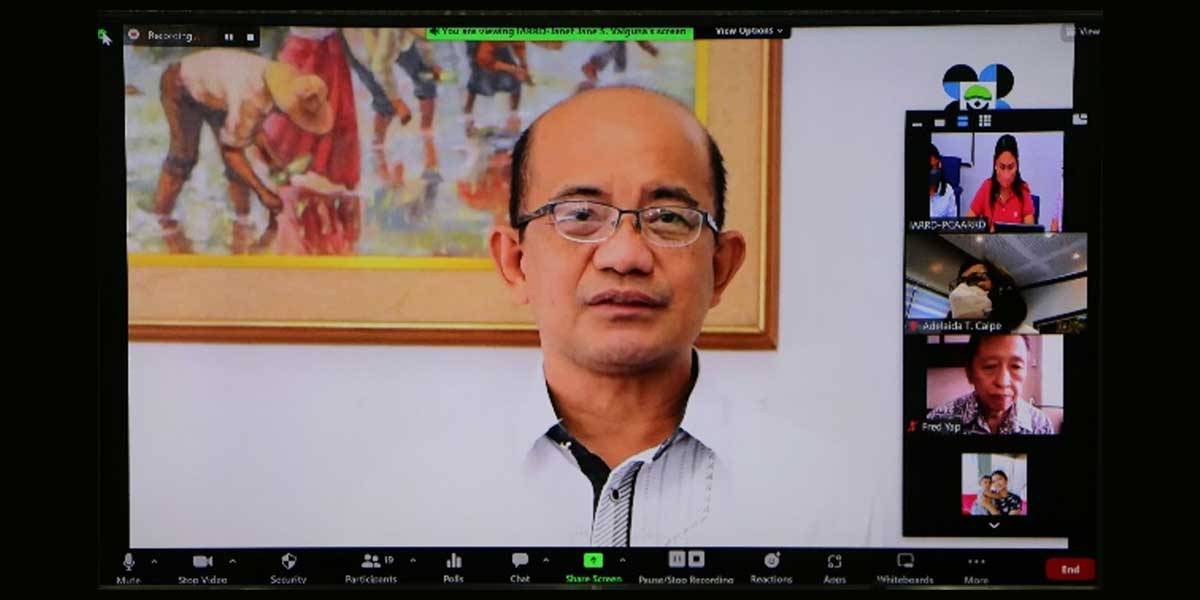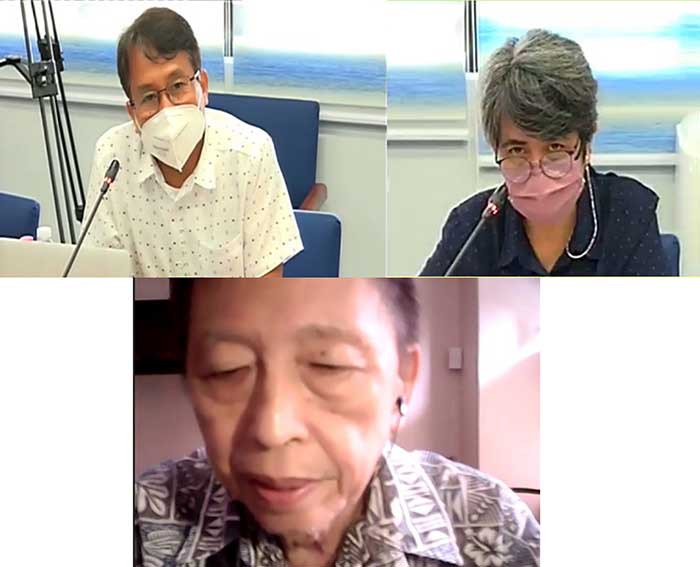The shrimp and ludong industry in the country will benefit from the accomplishments of the four completed projects aimed at improving the production and management of these two inland aquatic commodities.
These projects were funded and monitored by the Philippine Council for Agriculture, Aquatic and Natural Resources Research and Development of the Department of Science and Technology (DOST-PCAARRD).
For shrimps, a biofloc technology (BFT) protocol for tank-based nursery production of white leg shrimp (P. vannamei) for improved survival and growth and a biofloc calculator, which is a farmer-friendly way of determining the amount of sugar that will be added to the system have been developed.
It was also reported that the combination of shrimp (P. monodon), milkfish (C. chanos), seaweeds (G. verrucosa), and green mussel (P. viridis) was found to be the most suitable integrated multi-trophic aquaculture (IMTA) species combination that showed better performance in shrimp growth, production, profitability and minimizing the V. parahaemoliticus and White Spot Syndrome Virus.
Moreover, exposure to fluctuating temperatures showed more adverse effects like structural disintegration on the gills and hepatopancreas of shrimps that can cause functional changes in the affected organs.
Meanwhile, the project on ludong, one of the Philippines’ most expensive fishes, reported that 11 municipalities along Cagayan River tributaries were identified as ludong’s fishing ground.
In terms of feed, continuous and alternate feeding of commercial diet and duckweed improved the growth performance of ludong in captivity.
October was found to be the peak spawning month of ludong.
These accomplishments were discussed during the terminal review of the completed inland aquatic research and development projects under the Shrimp and Inland Aquatic Biodiversity Industry Strategic S&T Program held by the Inland Aquatic Resources Research Division (IARRD) of DOST-PCAARRD on July 15, 2022.
The review determined the project’s attainment of its commitments under the ISP; identified technologies that are ready for transfer and information for dissemination to intended beneficiaries; and identified additional areas for research.
The Technical Review and Evaluation Panel was composed of Mr. Wilfredo G. Yap, executive director of SANTEH Aquaculture Science and Technology Foundation, Inc.; Dr. Maria Rowena R. Eguia, scientist from the Southeast Asian Fisheries Development Center – Aquaculture Department (SEAFDEC-AQD); and Dr. Francisco B. Elegado, research associate professor at the BIOTECH, University of the Philippines Los Baños.
A total of 23 participants including the project leaders and staff of the four implementing agencies (University of the Philippines Visayas, University of San Agustin, Mindanao State University-Naawan, and the Isabela State University), evaluators, and representatives from the different Technical Research Divisions of DOST-PCAARRD attended the review. (Genevic R. Obrero, DOST-PCAARRD S&T Media Services)




















